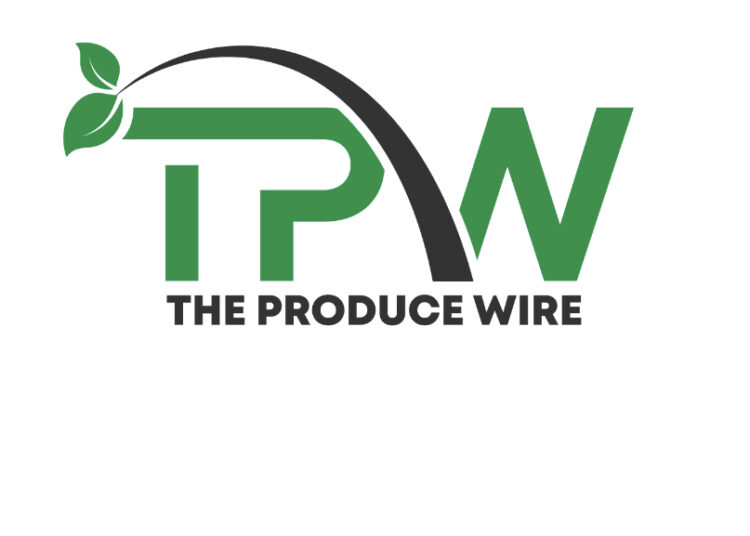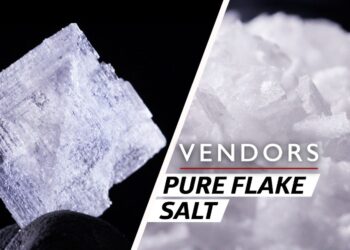Lunchable brand food kits have found their way into the National School Lunch Program. But the pre-packaged food kits contain relatively high levels of sodium, lead, and cadmium, according to Consumer Reports.
Consumer Reports and a group called “Perfect Union” have delivered nearly 50,000 petition signatures to USDA, which runs the school lunch program. The petitions call on the agency to remove Lunchables food kits from school lunches and strengthen its eligibility standards.
In its current form, the National School Lunch Program (NSLP) has existed since 1946 and now costs taxpayers about $10 billion a year to feed more than 30 million children school lunches and, in many cases, also breakfast.
“Millions of kids depend on the school lunch program every day and deserve healthier options than highly processed foods like Lunchables,” said Brian Ronholm, food policy director at Consumer Reports. “Lunchables and similar lunch kits contain concerning levels of sodium and harmful chemicals and shouldn’t be allowed on the school menu. The USDA should strengthen its eligibility standards for the National School Lunch Program so that kids in schools get better choices that don’t put their health at risk.”
Ronholm is a former USDA deputy undersecretary for food safety.
Earlier this year, Consumer Reports issued a report comparing the nutritional profiles of two Lunchables kits served in schools and found they have even higher sodium levels than the kits consumers can buy in stores.
Consumer Reports also tested 12 store-bought versions of Lunchables and similar kits and found several contained high levels of lead and cadmium. All but one tested positive for phthalates, chemicals found in plastic that have been linked to reproductive problems, diabetes, and certain cancers.
The USDA currently allows two Lunchable kits — Turkey & Cheddar Cracker Stackers and Extra Cheesy Pizza — to be served to nearly 30 million children through the National School Lunch Program. To meet the program’s requirements, Kraft Heinz added more whole grains to the crackers and more protein to the Lunchable kits designed for schools compared to store-bought versions.
CR tested store-bought Lunchables and similar kits from Armour, LunchMakers, Good & Gather, Greenfield Natural Meat Co., and Oscar Mayer and found lead, cadmium, or both in all. Lead and cadmium can cause developmental problems in children over time, even in small amounts.
While none of the kits exceeded any federal limit, five of the 12 tested products would expose someone to 50 percent or more of California’s maximum allowable level for lead or cadmium – currently the most protective standard. Most foods have no federal limits for heavy metals like lead or cadmium.
Consumer Reports also tested at least one type of phthalate in every kit, except for Lunchables Extra Cheesy Pizza. Phthalates are known endocrine disruptors, compounds that may mimic or interfere with hormones in the body, which can contribute to an increased risk of reproductive problems, obesity, diabetes, cardiovascular disease, and certain cancers. As with heavy metals, the goal should be to keep exposure as low as possible.
The sodium levels in the store-bought lunch and snack kits Consumer Reports tested ranged from 460 to 740 milligrams per serving, nearly a quarter of a child’s daily recommended limit.
The consumer group found that the sodium levels of the Lunchables made for schools, which had a larger portion of meat, were higher than in the store-bought versions. The school version of Turkey and Cheddar Lunchables for schools contained 930 mg of sodium compared to 740 mg in the store-bought version. Similarly, the Lunchable pizza kit for schools had 700 mg of sodium compared to 510 mg in the store version.
Eating foods with too much sodium can lead to high blood pressure and hypertension, which are risk factors for heart disease, stroke, and kidney damage. Kids with high sodium intakes are about 40 percent more likely to develop hypertension than those who have low sodium diets.
Consumer Reports is an independent, nonprofit, and nonpartisan organization founded in 1936 that works with consumers to create a fair and just marketplace. It is known for its rigorous product testing and ratings and for laws and company practices that put consumers first.
(To sign up for a free subscription to Food Safety News, click here.)













